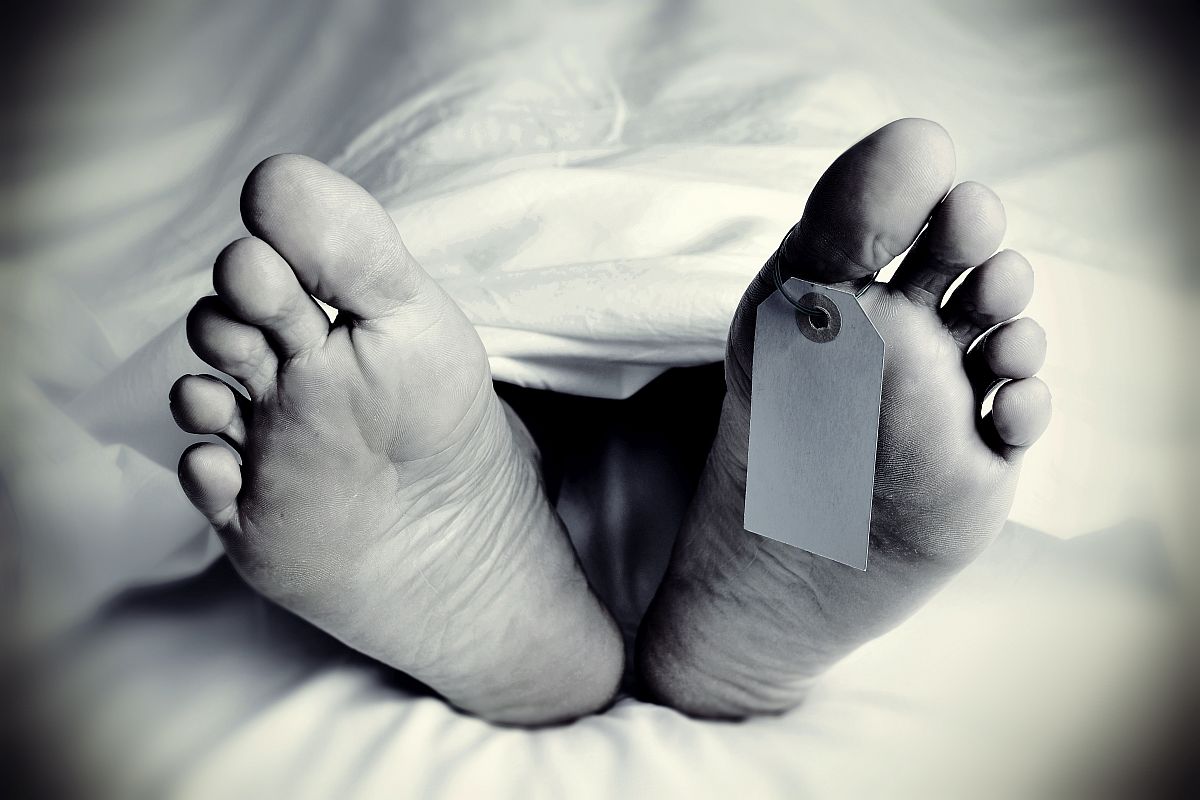Top Maoist leader Ravulu Srinivas alias Ramanna instrumental in the 2010 Dantewada attack on CRPF, has died of a heart attack, a senior police said on Tuesday. He was at the helm of Naxal activities in Chhattisgarh’s Bastar region and carried a reward of Rs 40 lakh on his head. As many as 76 troopers were killed in that attack.
Ramanna, who was in his late 50s, died at a forest in Bijapur district last week, police said.
Advertisement
However, the outlawed CPI (Maoist) is yet to issue a statement on this, as the outfit usually does in the event of a leader’s death.
“We have information from various sources that Ramanna, the secretary of Dandakarnya Special Zonal Committee (DKSZC) of Maoists, died on Saturday night and was cremated at a forest between Pamed and Basaguda villages in Bijapur district,” Inspector General of Police, Bastar range, Sundarraj P said.
“The police have got lot of evidence to corroborate this information, but we are still waiting for a conclusive evidence to come to our knowledge,” he said.
Ramanna was instrumental in several killings and attacks on security forces, including the 2010 Tadmetla massacre that claimed lives of 76 troopers, he said.
He was also involved in the 2013 Naxal attack in the Darbha valley where 29 people, including some senior Congress leaders and policemen, were killed.
Hailing from Telengana’s Warangal district, Ramanna was also a member of the central committee of Maoists and carried a reward of Rs 40 lakh on his head in Chhattisgarh. His wife Savitri alias Sodhi Hidme, a local tribal, is also a key Maoist leader in south Bastar and is secretary of the Kistaram area committee (KAC). While their son Ranjit is also an active member of the KAC.
Ramanna, considered a strategist in inter-state Naxal operations, was in-charge of the outlawed movement in Bastar and areas bordering Maharashtra, Telangana, Andhra Pradesh and Odisha.
Following his death, local cadres may to try to look for a chance to be elevated to his position as since a long time, preferences have been given to Naxals from Telangana and Andhra Pradesh for the top posts, resulting in infighting, another police official said, on condition of anonymity.
Ramanna, who was active in south Bastar for the past 30 years, was made DKSZC secretary in 2011, he said.
He played a key role in establishing DKSZC in Bastar and roped in locals in the movement, he said.
His death would further weaken the Maoist movement in the region, the official said.
Maoists remain a major challenge for the Home Ministry, despite former Home Minister Rajnath Singh’s claim that they have been pushed back with newly-built infrastructure and violence in Maoist-infested areas has declined by over 60 per cent.
According to Intelligence agencies, the government has removed 44 districts from its list of areas affected by Maoists, but there is now a resurgent threat from the regrouping of Maoists in four states — Chhattisgarh, Bihar, Jharkhand and Maharashtra.
Earlier in April, BJP’s lone legislator from Chhattisgarh’s Maoist-affected Bastar region, Bhima Mandavi, was killed along with four policemen as Maoists carried out a deadly attack on his convoy in a forested patch in Dantewada district.
Since assuming charge as Home Minister on June 1, Shah has had several meetings on internal security, related to the terrorism problem in Jammu and Kashmir, Maoism as well as the problems in the Northeast.
In June, Home Minister Amit Shah held a high-level meeting to discuss internal security and Maoist issues. It was attended by National Security Advisor (NSA) Ajit Doval, Intelligence Bureau chief Rajiv Jain, Union Home Secretary Rajiv Gauba, Joint Secretary (Naxals) and other senior Home Ministry officials.
At the meeting, Shah was apprised of the country’s internal security situation, specifically in Maoist-affected states where periodical attacks have claimed lives of dozens of paramilitary personnel and civilians.











